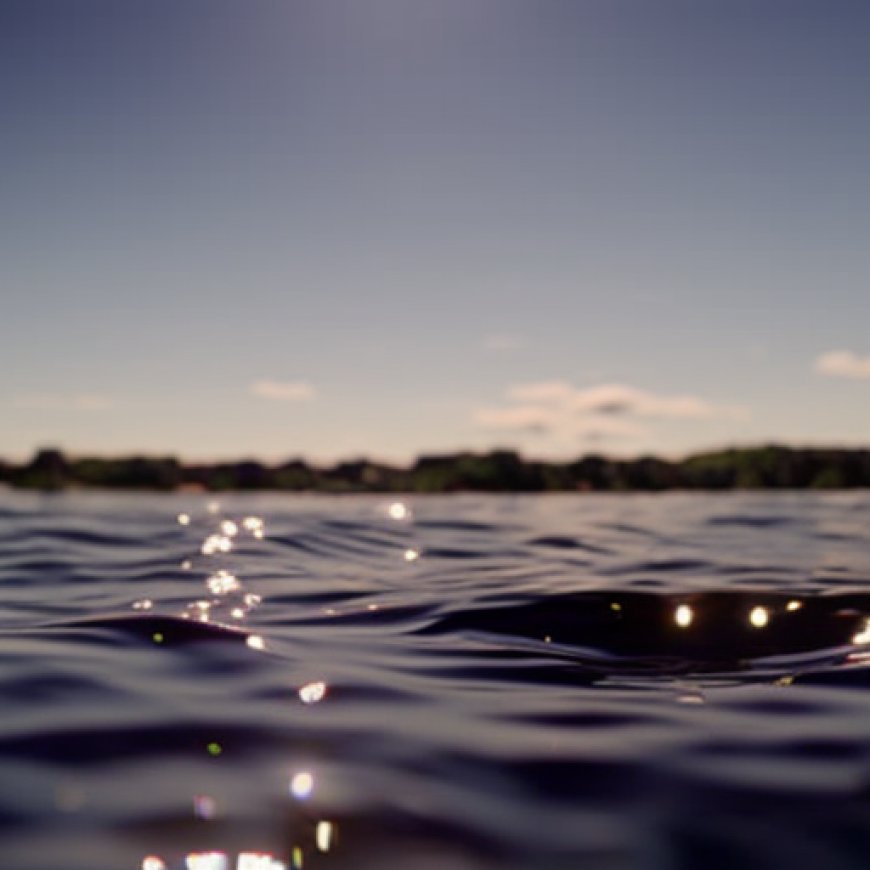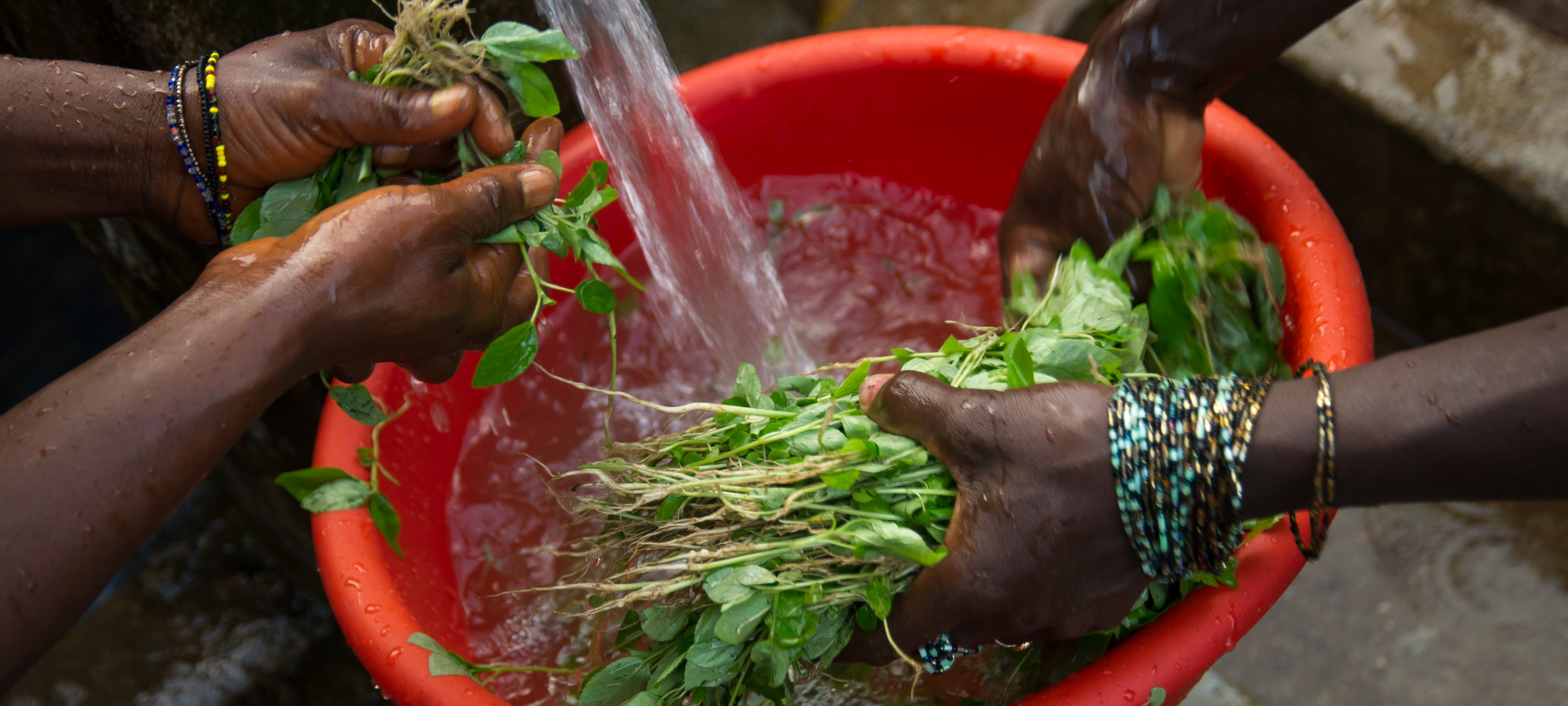Clean water, effective sanitation | White & Case LLP
Clean water, effective sanitation White & Case LLP


Sustainable Development Goals (SDGs): Access to Clean Water and Sanitation

According to the World Health Organization, approximately 2 billion people lack access to clean drinking water, and 3.6 billion do not have safely managed sanitation. Many of the world’s most vulnerable populations struggle to access these essentials for a healthy life.
Although the United Nations recognized clean water and effective sanitation as fundamental human rights a decade ago, embedding these rights into national constitutions is a considerable challenge.
White & Case’s Partnership with Human Right 2 Water
Together with the nonprofit Human Right 2 Water, White & Case has developed a strong pro bono partnership to tackle this issue. Over the past few years, White & Case has supported Human Right 2 Water’s mission to collect, use and share knowledge on how the human rights to water and sanitation should be integrated into local jurisdictions’ law and policy.
In-depth Review: Assessing Constitutional Protections
According to Human Right 2 Water, White & Case’s experience in international law provides critical support as the nonprofit works to make constitutional and policy changes in local jurisdictions.
In 2023, 62 lawyers and legal staff from 20 offices conducted an analysis of every country in the world to assess which national constitutions include protections for the rights to water and sanitation. The initial analysis shows that only approximately 25 percent of countries have these rights enshrined in their foundational legal documents.
However, many countries have common law traditions through which judicial decisions or cumulative case law can create legal protections that have similar practical effects to constitutional rights. In 2023, approximately 30 White & Case lawyers teamed up with more than a dozen lawyers from a corporate client to better understand legal protections for clean water and adequate sanitation in these countries.
“The latest judicial review has demonstrated the importance of including these human rights in national constitutions,” says Human Right 2 Water CEO Amanda Loeffen. “This kind of research is vital to advocacy and engagement efforts.”
Contributions to Water and Sanitation Rights Projects
Over the years, the Firm has contributed to significant water and sanitation rights projects, such as:
- During the pandemic, 88 lawyers and legal staff from 28 offices researched and wrote a report that addressed how governance systems in several countries can ensure that vital services, such as water and sanitation, can continue during a pandemic or other emergency
- In 2022, more than 110 lawyers and legal staff from 25 offices analyzed the legal and policy links in 16 countries between the human rights to safe drinking water and sanitation and the human right to a healthy environment
- In 2022, 25 lawyers and legal staff from 11 offices reviewed a series of UN Voluntary National Reviews to determine how many of them address water and sanitation priorities. These reviews enable an independent expert to assess a country’s progress on sustainability goals and share best practices with other countries
Photo by © Karen Kasmauski / GettyImages
Washing vegetables in a village in northern Sierra Leone, using a water gravity system that draws water from a local mountain.
SDGs, Targets, and Indicators
| SDGs | Targets | Indicators |
|---|---|---|
| SDG 6: Clean Water and Sanitation | Target 6.1: By 2030, achieve universal and equitable access to safe and affordable drinking water for all | Indicator 6.1.1: Proportion of population using safely managed drinking water services |
| Target 6.2: By 2030, achieve access to adequate and equitable sanitation and hygiene for all and end open defecation, paying special attention to the needs of women and girls and those in vulnerable situations | Indicator 6.2.1: Proportion of population using safely managed sanitation services, including a handwashing facility with soap and water | |
| Target 6.3: By 2030, improve water quality by reducing pollution, eliminating dumping and minimizing release of hazardous chemicals and materials, halving the proportion of untreated wastewater and substantially increasing recycling and safe reuse globally | Indicator 6.3.1: Proportion of wastewater safely treated | |
| Target 6.4: By 2030, substantially increase water-use efficiency across all sectors and ensure sustainable withdrawals and supply of freshwater to address water scarcity and substantially reduce the number of people suffering from water scarcity | Indicator 6.4.1: Change in water-use efficiency over time | |
| Target 6.5: By 2030, implement integrated water resources management at all levels, including through transboundary cooperation as appropriate | Indicator 6.5.1: Degree of integrated water resources management implementation | |
| Target 6.6: By 2020, protect and restore water-related ecosystems, including mountains, forests, wetlands, rivers, aquifers and lakes | Indicator 6.6.1: Change in the extent of water-related ecosystems over time | |
| Target 6.a: By 2030, expand international cooperation and capacity-building support to developing countries in water- and sanitation-related activities and programs, including water harvesting, desalination, water efficiency, wastewater treatment, recycling and reuse technologies | Indicator 6.a.1: Amount of water- and sanitation-related official development assistance that is part of a government-coordinated spending plan | |
| Target 6.b: Support and strengthen the participation of local communities in improving water and sanitation management | Indicator 6.b.1: Proportion of local administrative units with established and operational policies and procedures for participation of local communities in water and sanitation management | |
| Target 6.c: By 2030, substantially increase water- and sanitation-related capacity-building support to developing countries, including for least developed countries and small island developing States, to support national plans to implement all the water- and sanitation-related SDGs | Indicator 6.c.1: Proportion of countries with local governments that adopt and implement local disaster risk reduction strategies in line with national disaster risk reduction strategies | |
| SDG 17: Partnerships for the Goals | Target 17.16: Enhance the global partnership for sustainable development, complemented by multi-stakeholder partnerships that mobilize and share knowledge, expertise, technology and financial resources, to support the achievement of the sustainable development goals in all countries, in particular developing countries | Indicator 17.16.1: Number of countries reporting progress in multi-stakeholder development effectiveness monitoring frameworks that support the achievement of the sustainable development goals |
1. Which SDGs are addressed or connected to the issues highlighted in the article?
SDG 6: Clean Water and Sanitation
The article discusses the issue of lack of access to clean drinking water and safely managed sanitation, which directly relates to SDG 6.
2. What specific targets under those SDGs can be identified based on the article’s content?
Target 6.1: By 2030, achieve universal and equitable access to safe and affordable drinking water for all
The article highlights the lack of access to clean drinking water for approximately 2 billion people.
Target 6.2: By 2030, achieve access to adequate and equitable sanitation and hygiene for all and end open defecation, paying special attention to the needs of women and girls and those in vulnerable situations
The article mentions that 3.6 billion people do not have safely managed sanitation.
3. Are there any indicators mentioned or implied in the article that can be used to measure progress towards the identified targets?
Indicator 6.1.1: Proportion of population using safely managed drinking water services
The article states that approximately 2 billion people lack access to clean drinking water, indicating a lack of progress towards achieving this indicator.
Indicator 6.2.1: Proportion of population using safely managed sanitation services, including a handwashing facility with soap and water
The article mentions that 3.6 billion people do not have safely managed sanitation, indicating a lack of progress towards achieving this indicator.
4. SDGs, Targets, and Indicators
| SDGs | Targets | Indicators |
|---|---|---|
| SDG 6: Clean Water and Sanitation | Target 6.1: By 2030, achieve universal and equitable access to safe and affordable drinking water for all | Indicator 6.1.1: Proportion of population using safely managed drinking water services |
| Target 6.2: By 2030, achieve access to adequate and equitable sanitation and hygiene for all and end open defecation, paying special attention to the needs
Behold! This splendid article springs forth from the wellspring of knowledge, shaped by a wondrous proprietary AI technology that delved into a vast ocean of data, illuminating the path towards the Sustainable Development Goals. Remember that all rights are reserved by SDG Investors LLC, empowering us to champion progress together. Source: whitecase.com
Join us, as fellow seekers of change, on a transformative journey at https://sdgtalks.ai/welcome, where you can become a member and actively contribute to shaping a brighter future.
|








